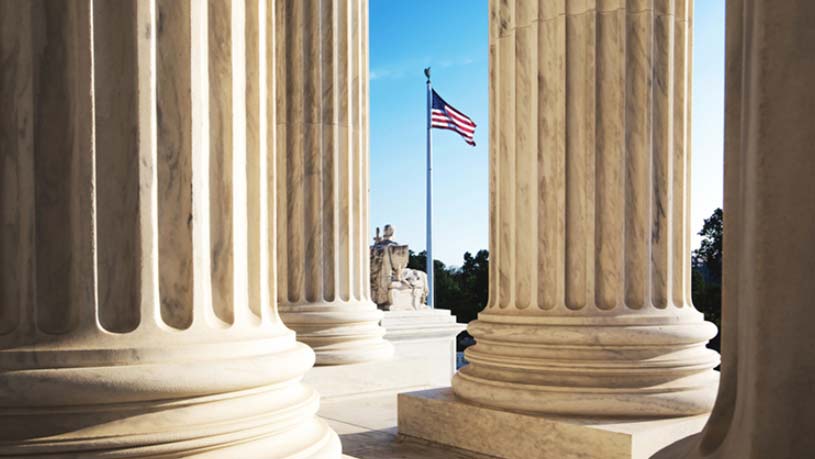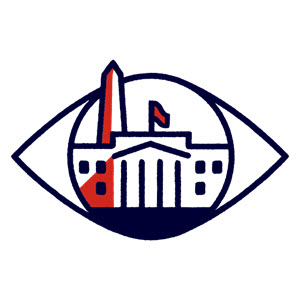Treasury Delays SECURE 2.0 Mandatory Roth Catch-Up Contributions to 2026
Part of a series | SECURE 2.0 Act Insights

The notice provided initial guidance on other provisions of the SECURE 2.0 Act as well.
On August 25, 2023, the U.S. Treasury Department and the Internal Revenue Service (IRS) issued Notice 2023-62, Guidance on Section 603 of the SECURE 2.0 Act with Respect to Catch-Up Contributions. Among other things, the notice announced a two-year delay of section 603, which would have generally required employees earning over $145,000 to make any retirement plan catch-up contributions as Roth contributions, i.e., after-tax, beginning in 2024. The notice provided initial guidance on other provisions of the SECURE 2.0 Act as well.
As background, a catch-up contribution is an additional contribution permitted to be made to a retirement plan by employees age 50 or older over the normal contribution limit (i.e., $22,500 for 2023). Employees over age 50 may contribute an additional ("catch-up") amount of up to $7,500 for 2023.
Section 603 of the SECURE 2.0 Act of 2022 (P. L. 117-328) required that employees whose prior-year wages from their current employer that exceeded $145,000 (indexed) make any catch-up contributions as Roth (post-tax) beginning January 1, 2024. Notice 2023-62 provides a two-year "administrative transition period," during which the requirement that catch-up contributions for employees earning over $145,000 be treated as Roth will not apply until January 1, 2026.
Initial guidance on other provisions of the SECURE 2.0 Act was also provided:
- Workers who are not paid FICA wages (as defined under IRC Section 3121(a)), such as partners and self-employed persons, are not subject to the Roth requirement, because the $145,000 threshold relates to FICA wages. State and local government employees who are not paid wages subject to FICA are also excluded from the Roth catch-up requirement.
- The notice also provided that no separate election will be necessary for employees subject to the Roth catch-up contributions to authorize such catch-up contributions. Industry trade associations had noted that it was unclear whether a separate election (i.e., for pre-tax and Roth catch-up contributions) might be necessary.
- Notice 2023-62 also confirmed that for employees who work for two or more unrelated employers in a multi-employer plan, the wages of each employer are considered separately to determine whether the $145,000 measure is met. The example provided in the notice follows:
"If an eligible participant's wages for a calendar year were: (1) $100,000 from one participating employer; and (2) $125,0000 from another participating employer, then the participant's catch-up contributions under the plan for the next year would not be subject to section 414(v)(7)(A) (even if the participant's aggregate wages from the participating employers for the prior calendar year exceed $145,000, as adjusted)." (emphasis added)
The guidance clarified that even if an employee's wages from one employer in a multi-employer plan exceed $145,000, catch-up contributions made while working for another participating employer would not be required to be Roth, unless the participant's prior-year wages from that other employer also exceed that amount.
The notice explained that the "transition period … is intended to facilitate an orderly transition for compliance with that requirement," and noted that Treasury and the IRS will issue further guidance on section 603 of the SECURE 2.0 Act. The IRS notice invites comments and suggestions regarding these and other matters arising from section 603 by October 24, 2023. Comments may be submitted electronically at www.regulations.gov. Enter "IRS-2023-0039" in the search field on the Regulations.gov home page to submit comments.
For additional information, see www.irs.gov/pub/irs-drop/n-23-62.pdf.
ADP Compliance Resources
ADP maintains a staff of dedicated professionals who carefully monitor federal and state legislative and regulatory measures affecting employment-related human resource, payroll, tax and benefits administration, and help ensure that ADP systems are updated as relevant laws evolve. For the latest on how federal and state tax law changes may impact your business, visit the ADP Eye on Washington Web page located at www.adp.com/regulatorynews.
ADP is committed to assisting businesses with increased compliance requirements resulting from rapidly evolving legislation. Our goal is to help minimize your administrative burden across the entire spectrum of employment-related payroll, tax, HR and benefits, so that you can focus on running your business. This information is provided as a courtesy to assist in your understanding of the impact of certain regulatory requirements and should not be construed as tax or legal advice. Such information is by nature subject to revision and may not be the most current information available. ADP encourages readers to consult with appropriate legal and/or tax advisors. Please be advised that calls to and from ADP may be monitored or recorded.
If you have any questions regarding our services, call 855-466-0790.
ADP, Inc.
One ADP Boulevard, Roseland, NJ 07068
adp.com
Updated on August 29, 2023



